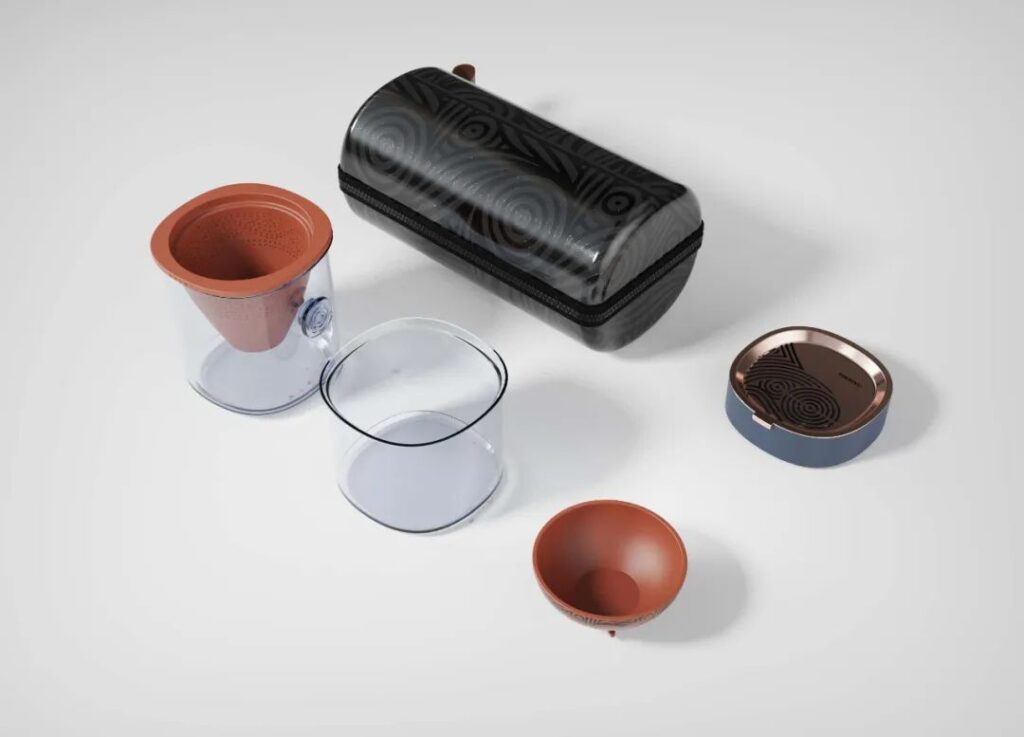The origin of tea can be traced back to ancient China. Legend has it that Shennong tasted various plants in the wild, and the leaves of one particular plant relieved his thirst and invigorated his spirit. That plant was tea. Over time, tea gradually one became of the main beverages for the Chinese people. During the Tang Dynasty, tea began to spread to Japan and Korea, where it was widely cultivated and consumed.
In the Song Dynasty, the tea-making process was further developed, leading to the emergence of various types of tea, such as green tea, black tea, and oolong tea. These teas differ not only in taste and aroma but also in their production methods and consumption practices. By the Ming and Qing Dynasties, tea cultivation and production techniques had become highly refined, and tea had become one of China’s important foreign trade commodities. After thousands of years of development and evolution, Chinese tea has now become a global beverage. The six major types of Chinese tea are green tea, black tea, oolong tea, dark tea, white tea, and yellow tea. Green tea is non-fermented, with a fresh and refreshing taste, known for its detoxifying and invigorating properties. Black tea is fully fermented, with a rich and sweet taste, known for its warming and digestive effects. Oolong tea is semi-fermented, with a rich and lingering taste, known for its invigorating, fat-reducing, and blood pressure-lowering effects. Dark tea is post-fermented, with a rich and aged aroma, known for its warming, fat-reducing, and weight-loss effects. White tea is slightly fermented, with a light and lingering taste, known for its detoxifying and cholesterol-lowering effects. Yellow tea is lightly fermented, with a rich and sweet taste, known for its detoxifying and invigorating properties. Each type of tea has its unique characteristics and benefits, allowing individuals to choose based on their taste preferences and needs. The benefits of regular tea consumption are numerous. It can hydrate the body, promote metabolism, and improve skin health. It can also alleviate stress, relax the mind, and enhance sleep quality. Additionally, tea is rich in polyphenols and caffeine, which can play a role in preventing cardiovascular diseases. Tea can also freshen breath, eliminate bad breath, help lower cholesterol, and prevent arteriosclerosis. For those with indigestion or loss of, appetite tea can also provide some assistance. Of course, the specific effects depend on the type of tea and individual constitution. Which type of tea do you prefer to drink? Feel free to leave a comment below, and I can provide more detailed recommendations and advice.Lu Yu (Tang Dynasty, 733—804), known as the Sage of Tea, dedicated 26 years to writing the first ever monograph on tea in history, ‘The Classic of Tea’. It is an all-encompassing work that begins by stating, ‘Tea, the fine tree of the south.’
Subsequently, it elucidates tea as a discipline and art from various perspectives, including the origin of tea, tea-making, water for brewing tea, tea utensils, and tea poetry, which was revolutionary in the social context of the time. Only after Lu Yu did the character ‘tea’ come into existence, followed by the study of tea and a more prosperous culture of tea drinking among the populace.

